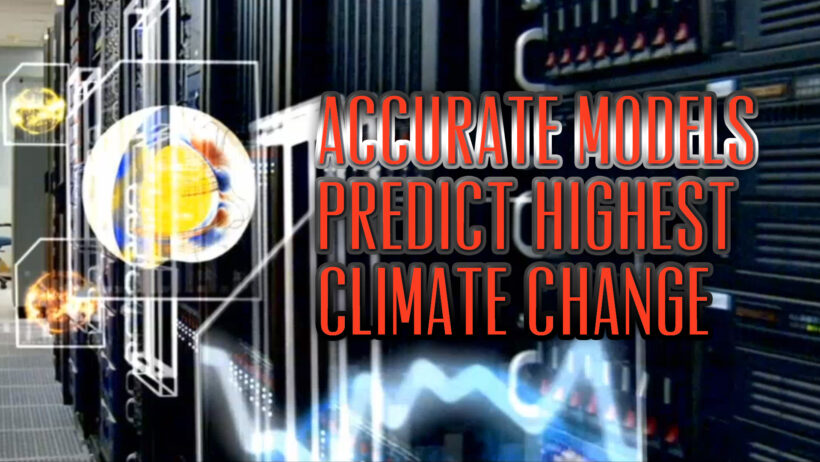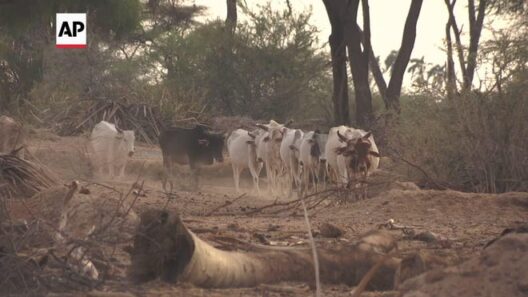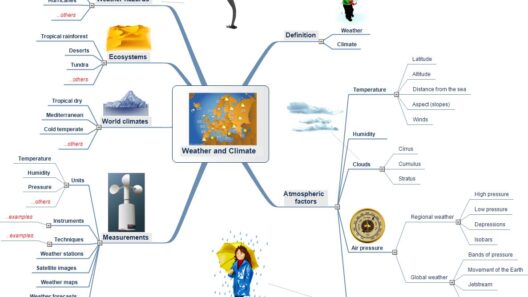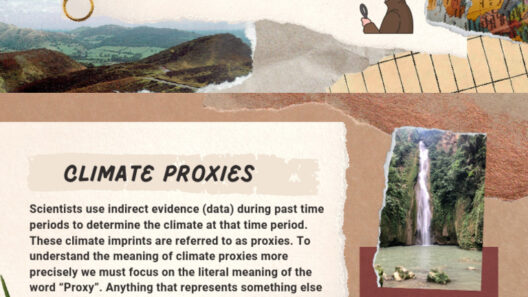The conundrum of accurately predicting future climate scenarios through current climate models presents an intricate web of challenges that researchers grapple with daily. While the scientific community has made significant strides in understanding atmospheric processes and associated phenomena, the complexity of climate systems remains daunting. This article explores the fundamental obstacles faced by climate models, revealing insights that provoke thought and invite a deeper consideration of our global climate future.
At the heart of the challenges is the inherent unpredictability of the climate system itself. Climate operates on multiple scales; it is a high-dimensional, non-linear system that is influenced by an array of variables. From ocean currents to terrestrial vegetation, from aerosol emissions to greenhouse gases, the interactions among these elements can produce outcomes that are often difficult to model accurately. Climate models, originally based on physical laws, attempt to encapsulate these convoluted relationships, but crucial complexities often slip through the cracks.
One of the primary hurdles is the resolution of climate models. Many models operate on a relatively coarse grid, often ranging from 100 to 200 kilometers per pixel. This level of resolution, while manageable from a computational standpoint, fails to capture critical local phenomena. For instance, the effects of urban heat islands or local topography can be obscured or entirely omitted, leading to less accurate predictions for specific regions. Given the importance of localized data in policy-making and adaptation strategies, this limitation can have far-reaching consequences.
Additionally, climate models are constrained by the quality of observational data. High-quality, long-term data sets are essential for calibrating models and validating their predictions. However, many parts of the world, particularly in developing regions, suffer from a lack of reliable data. Without comprehensive observational networks, models may rely on incomplete or outdated information, which can skew results and hinder robust decision-making.
Moreover, another formidable challenge arises from climate sensitivity—a crucial measure that indicates how sensitive the Earth’s climate is to changes in greenhouse gas concentrations. The degree of warming projected by models is heavily influenced by this sensitivity, which remains uncertain. Variations in model assumptions about feedback mechanisms, such as cloud formation and water vapor dynamics, contribute to discrepancies among different models. As the scientific community attempts to refine these parameters, the uncertainty surrounding climate sensitivity continues to foster skepticism about future climate projections.
Further complicating the picture are the socio-economic factors intertwined with climate models. Models often incorporate scenarios for future emissions based on expected human behavior, technological advancements, and policy decisions. However, forecasting human activity is inherently uncertain and unpredictable. Economic shifts, geopolitical tensions, and technological breakthroughs can dramatically alter emissions trajectories. Thus, the reliability of climate predictions is also contingent upon accurately modeling human decisions, which adds another layer of complexity and uncertainty.
As models strive to improve their accuracy, they must also contend with the intricacies of representing the Earth’s carbon cycle. Carbon sinks, such as forests and oceans, play a critical role in mitigating climate change by absorbing CO2. However, the dynamics of these sinks are not fully understood. Factors such as deforestation, ocean warming, and alteration in biochemical cycles can drastically affect carbon absorption rates. Current models may underestimate or overestimate these processes, leading to flawed climate projections.
In light of these challenges, it is essential for the scientific community to embrace a paradigm shift when approaching climate modeling. One promising direction is the incorporation of ensemble modeling. Instead of relying on a single model output, ensemble forecasting uses multiple models to generate a range of possible future scenarios. This approach allows for a more nuanced representation of uncertainty and provides policymakers with a spectrum of potential outcomes rather than a definitive prediction. This shift encourages a focus on resilience and adaptability rather than absolute certainty.
Additionally, there is an increasing call for interdisciplinary collaboration. Climate science does not operate in a vacuum; it is inherently linked to economics, social sciences, and environmental policy. By integrating insights from various domains, models can better encompass the complexity of human-nature interactions, leading to more comprehensive and realistic climate projections. The incorporation of indigenous knowledge and local expertise can also enrich the understanding of localized climate impacts and adaptation strategies.
Importantly, the dissemination of information plays a critical role. Non-expert audiences must grasp climate science’s complexities without succumbing to oversimplification. Effective communication about uncertainty, limitations, and divergent model outcomes fosters public discourse and informs climate action. By demystifying climate models, scientists can cultivate a more informed society capable of addressing the pressing issues of climate change.
In conclusion, while current climate models face a plethora of challenges inherent to their construct and the nature of climate itself, the potential for interdisciplinary innovations and a collaborative approach remains a beacon of hope. Embracing the complexities of the system, fostering diverse perspectives, and equipping society with knowledge are crucial steps toward navigating the uncertainties that climate models present. As the climate reality continues to unfold, understanding these challenges offers a pathway to more resilient, informed responses to the ongoing climate crisis.








